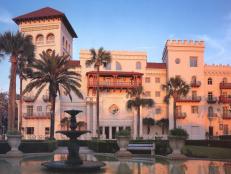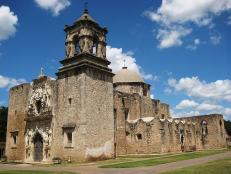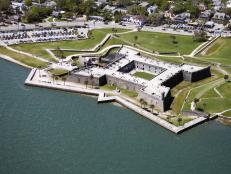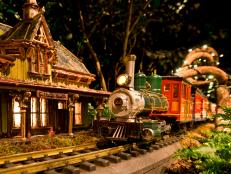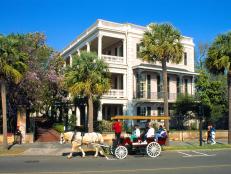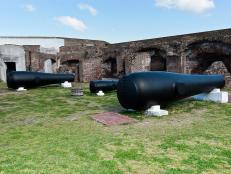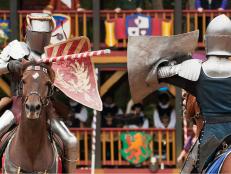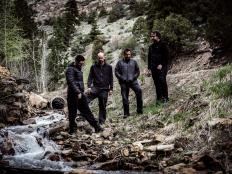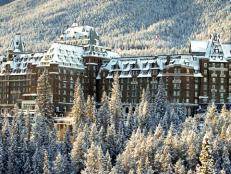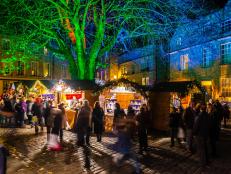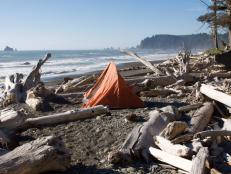Charleston's Plantations
View out top picks for historic homes and gardens in Charleston.
By:
Janet Maragioglio
Boone Hall

Frank Kehren, flickr
Tour the Manor House and gardens, listen to traditional African tales from a Gullah storyteller, and visit 9 original slave cabins, some of the few still standing in the Southeast. Crops have grown continually here for more than 300 years. Today, visitors can pick strawberries in spring and pumpkins in fall, as well as buy seasonal produce at the plantation’s farm stand.
Magnolia Plantation and Gardens

anoldent, flickr
Or opt for a “nature train” that winds past slave cabins, 19th-century rice ponds and an ancient Native American ceremonial mound, while providing glimpses of rare wildlife. Encounter rarely seen animals and plants as you walk the network of wooden boardwalks and bridges that crisscross the haunting Audobon Swamp Garden, or get up-close-and-personal with furry, feathered and scaly friends in the Petting Zoo and Nature Center. Something is in bloom at Magnolia year-round, making any season perfect for a visit.
Drayton Hall

Drayton Hall
Enjoy a guided tour of the historic home, explore the nearby river and marshland, and visit A Sacred Place, the oldest documented African-American cemetery in America still in use. Interactive programs take visitors on a journey from Africa to America and from slavery to emancipation, and explore the 7 generations of the Drayton family who lived here.
Middleton Place

Damian Entwistle, flickr
Since the house and grounds remained under the stewardship of the Middleton family for more than 300 years, visitors get a first-hand look at the lives of one historic family (including a signer of the Declaration of Independence) as well as the chance to learn about plantation life. In the stable yards, costumed historic interpreters bring to life the skill and artisanship necessary to run a Lowcountry rice plantation.
Charleston Tea Plantation

Bruce Tuten, flickr
Plus, fill your glass with a true Southern delicacy, American Classic Tea on ice. Charleston Tea Plantation is a bit off the beaten path, so plan to spend the day at this one-of-a-kind attraction, and experience the true, unspoiled beauty of Charleston’s surroundings and heritage.
Next Up
Discover St. Augustine's Old-World Charm
Lost Girl Jen shares her favorite spots in the nation's oldest city.
Texas's Best Historic Sites
From the Alamo to JFK's assassination spot, see Texas' historic sites.
America's Oldest Places
Visit America's oldest places.
All Aboard the New York Botanical Garden's Holiday Train Show
Ring in the holiday season with some track-by-track views around New York City.
Charleston Weekend Guide
Charleston is home to charming bed and breakfasts, boutique shopping and world-class restaurants; it's a perfect stateside getaway for a long weekend.
Charleston’s Historic Destinations
Immerse yourself in Charleston's rich culture, and visit a few historic destinations, including Fort Sumter, the H.L. Hunley Submarine and the Old Exchange and Provost Dungeon.
Bike Tours of Charleston
See Charleston by bike on one of these trails or tours.
Places To Stay In Charleston
Travel Channel's picks for places to stay in Charleston.
Santa Barbara Weekend Guide
Discover how 48 hours in this town can rejuvenate your spirit and your belief in the American vacation.
Las Vegas Spring Break
Enjoy Vegas on a budget by taking advantage of the deals at hotels, restaurants and even spring-break-specific specials around Sin City.
